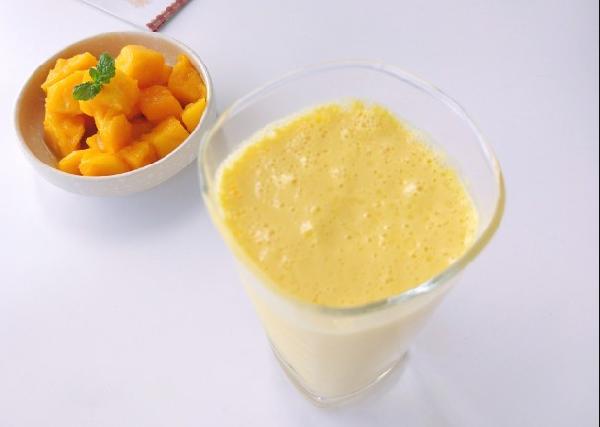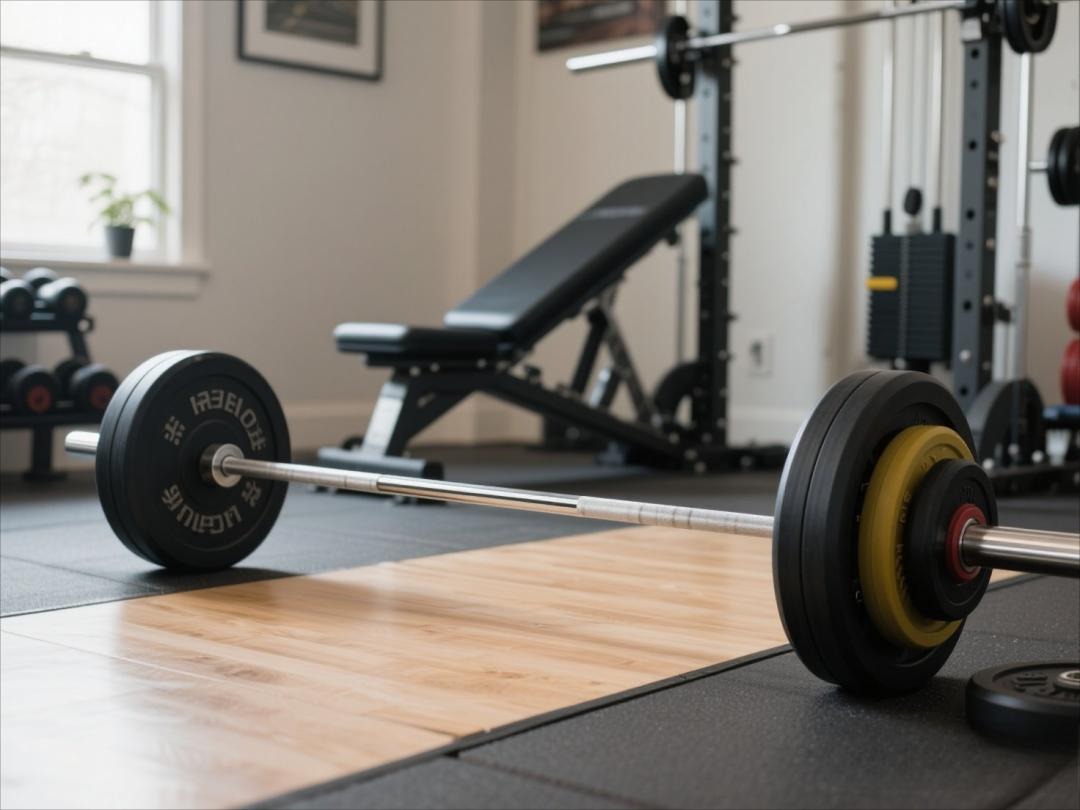If you're trying to lose weight, both smoothies and protein shakes can be useful tools—but protein shakes generally edge out smoothies when it comes to faster fat loss. The reason? Protein shakes are designed to pack a high-protein, low-calorie punch that keeps you full and supports muscle retention, while smoothies can sometimes sneak in extra sugars and calories if you're not careful. That said, the real winner depends on what you put in your blender and how you use them in your diet.

Weight loss boils down to calories in versus calories out, but not all calories are created equal. Liquid meals can be a double-edged sword—they’re convenient and can help control portions, but they might not keep you as full as solid food. Protein shakes, especially those with whey or plant-based protein, have been shown to increase satiety and boost metabolism more than carb-heavy smoothies. A study in the American Journal of Clinical Nutrition found that high-protein diets led to greater fat loss and muscle preservation compared to lower-protein plans. Smoothies, unless carefully balanced, often lean heavier on fruits (and their natural sugars), which can spike blood sugar and leave you hungry sooner.
Protein shakes aren’t just for gym bros—they’re a legit weight-loss hack. A well-made shake delivers 20–30 grams of protein with minimal carbs and fats, making it a low-calorie option that keeps hunger at bay. Protein also has a high thermic effect, meaning your body burns more calories digesting it compared to carbs or fats. For the best results, opt for shakes with clean ingredients: whey, casein, or pea protein, plus water or unsweetened almond milk. Avoid premade shakes loaded with added sugars or artificial junk. Pro tip: Blend in a handful of spinach or half an avocado for fiber and healthy fats to amp up fullness.
Smoothies can be weight-loss friendly, but it’s easy to turn them into dessert in disguise. A large fruit-heavy smoothie with juice, sweetened yogurt, or honey can easily top 400+ calories with way more sugar than a candy bar. The key is balance: Use veggies as the base (like spinach or kale), add a moderate amount of low-sugar fruit (berries are MVP), and include protein (Greek yogurt, tofu, or protein powder) and healthy fats (chia seeds, nut butter) to slow digestion. A study in the Journal of Nutrition found that fiber-rich, balanced smoothies improved satiety better than fruit-only versions. So yes, you can sip your way to weight loss—if you’re strategic.
Protein shakes shine post-workout when your muscles are primed to soak up nutrients for recovery. They’re also a smart meal replacement when you’re in a rush—just don’t rely on them for every meal. Smoothies, on the other hand, work better as a balanced breakfast or snack when you include protein, fiber, and fats. Drinking either too late at night can backfire if the calories push you over your daily limit. Bonus tip: Chew your shake (sounds weird, but research shows chewing—even imaginary—boosts fullness signals).
Protein shakes win for pure fat-loss efficiency, but smoothies offer more nutrients if done right. The real answer? Use both strategically. Swap a high-calorie meal with a protein shake to cut calories, or blend a veggie-packed smoothie to crush cravings. Just watch portions, skip the sugar bombs, and remember—no drink can out-bad a bad diet. Weight loss still comes down to total calories, movement, and consistency. Now pass the blender.
At the end of the day, whether you choose a smoothie or protein shake depends on your goals, ingredients, and how they fit into your overall diet. Protein shakes are the go-to for quick, hunger-crushing meals that support muscle, while smoothies offer more variety and micronutrients—if you keep them in check. Mix and match based on your day, and you’ll be sipping your way to success.
























